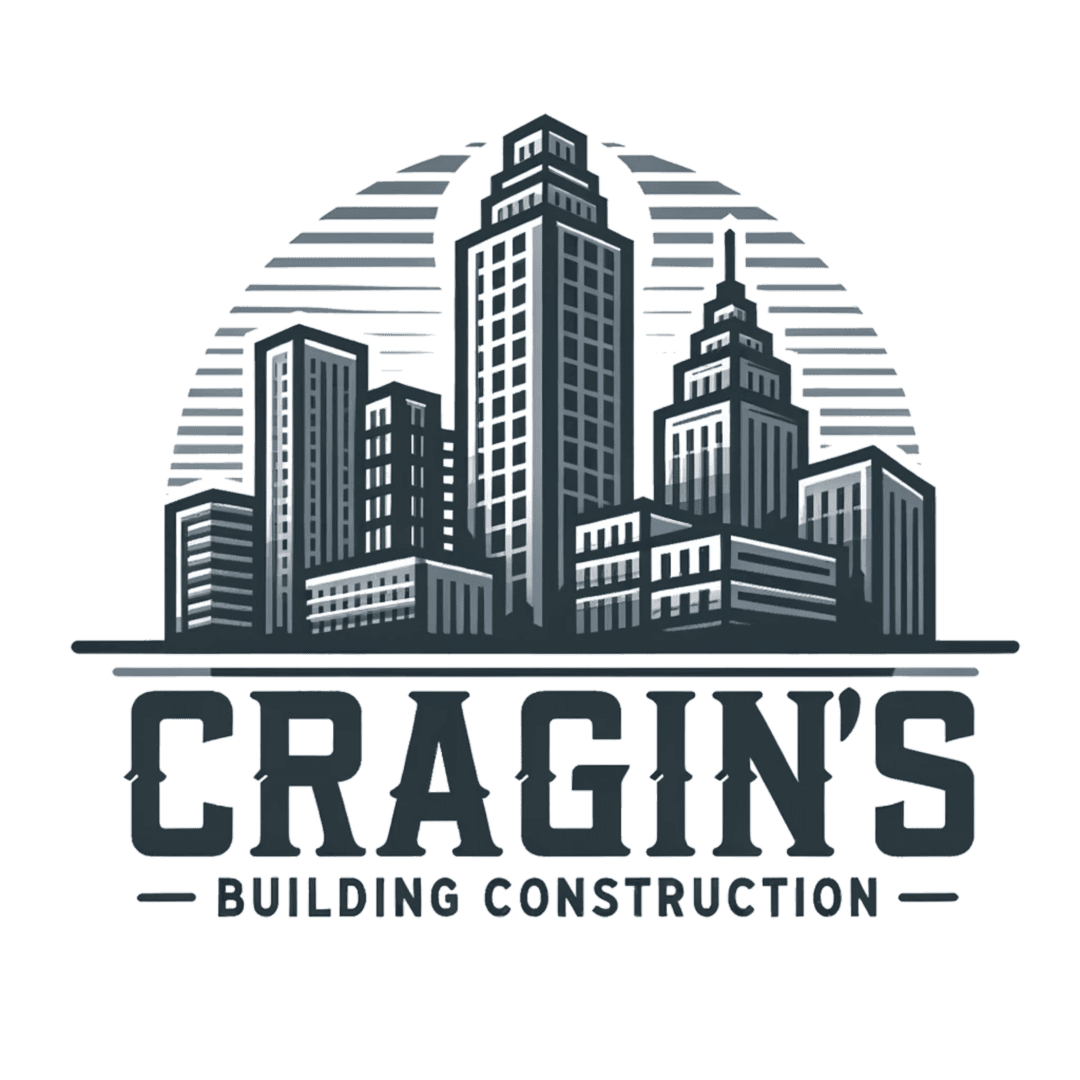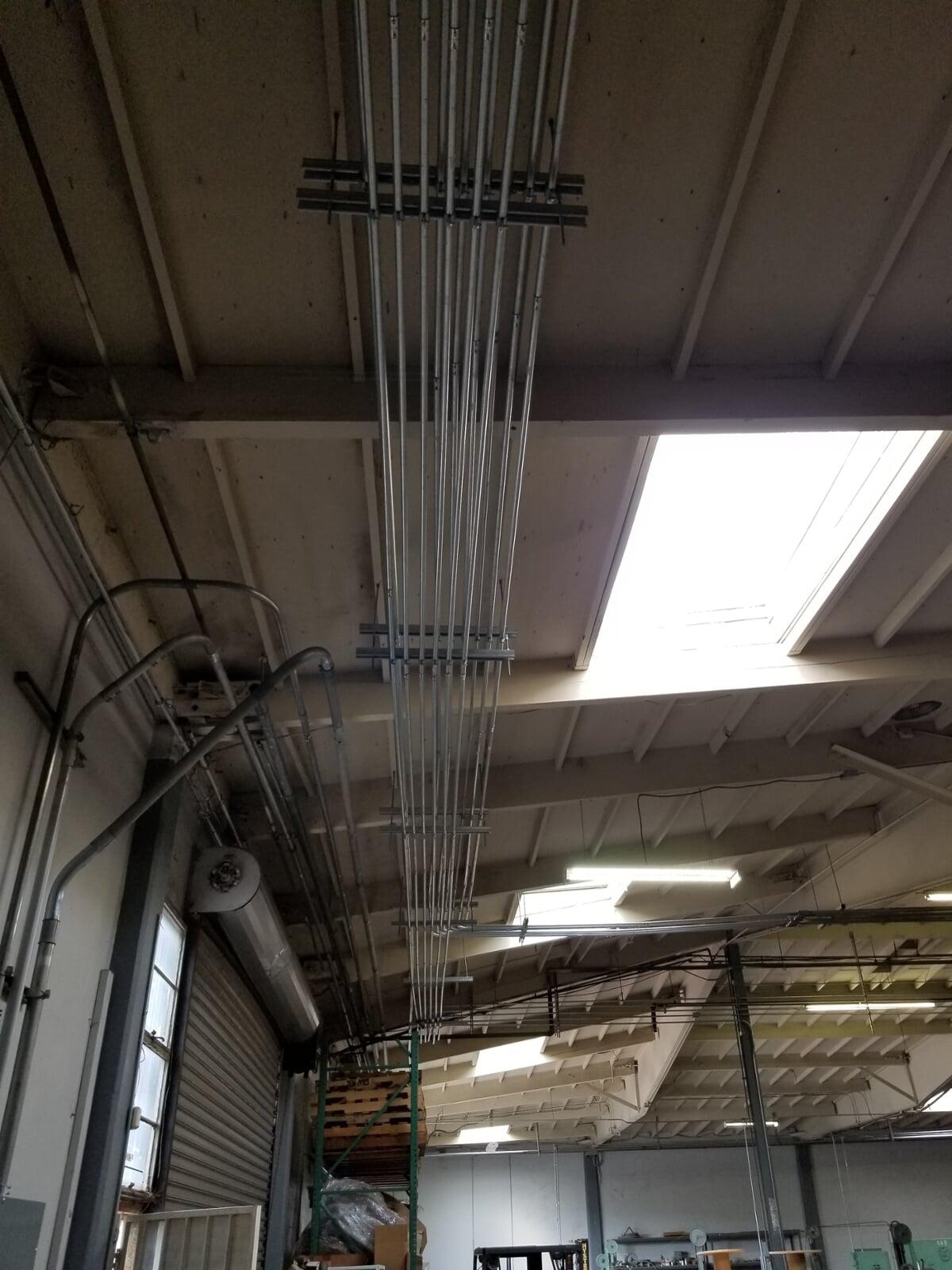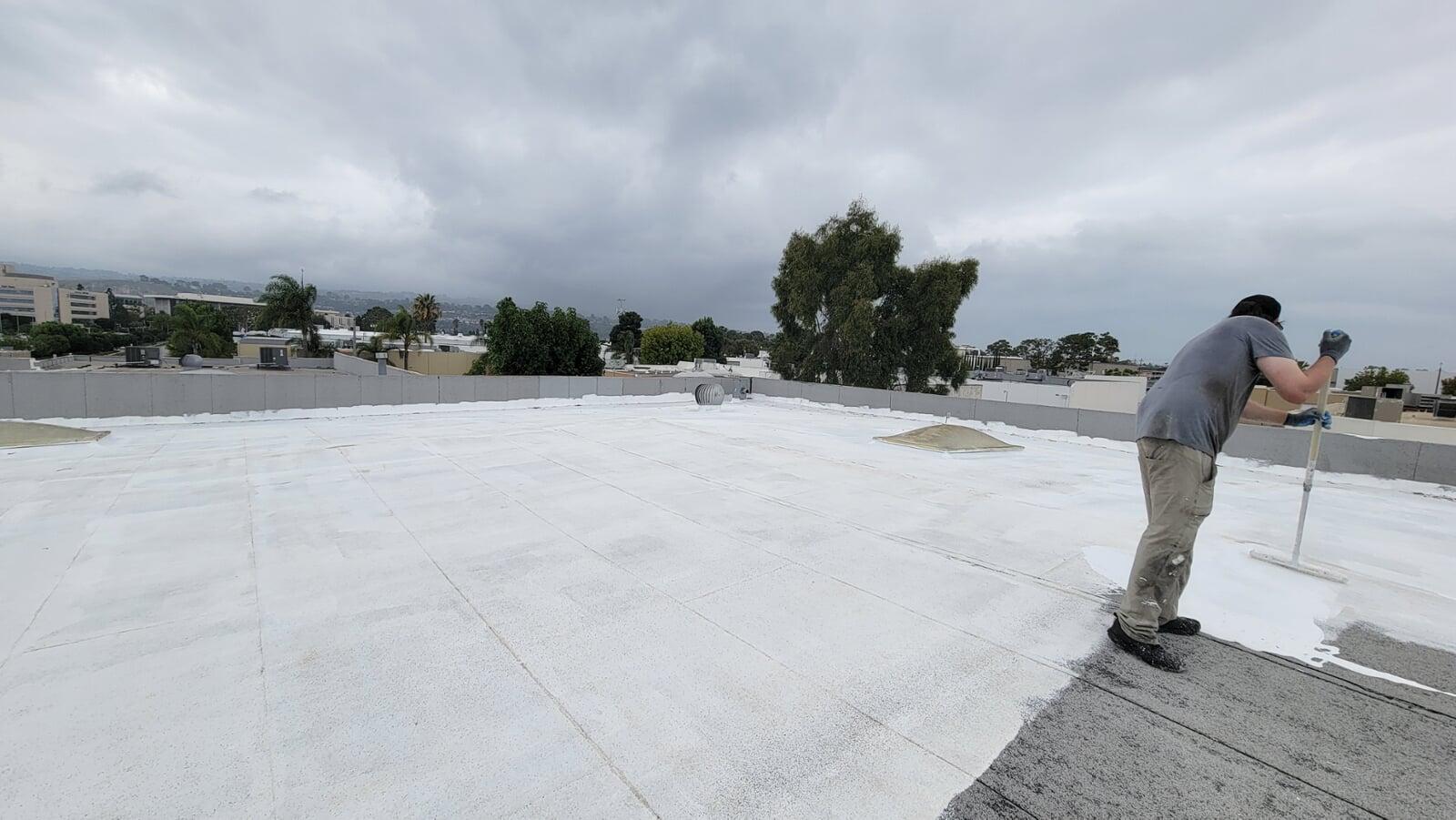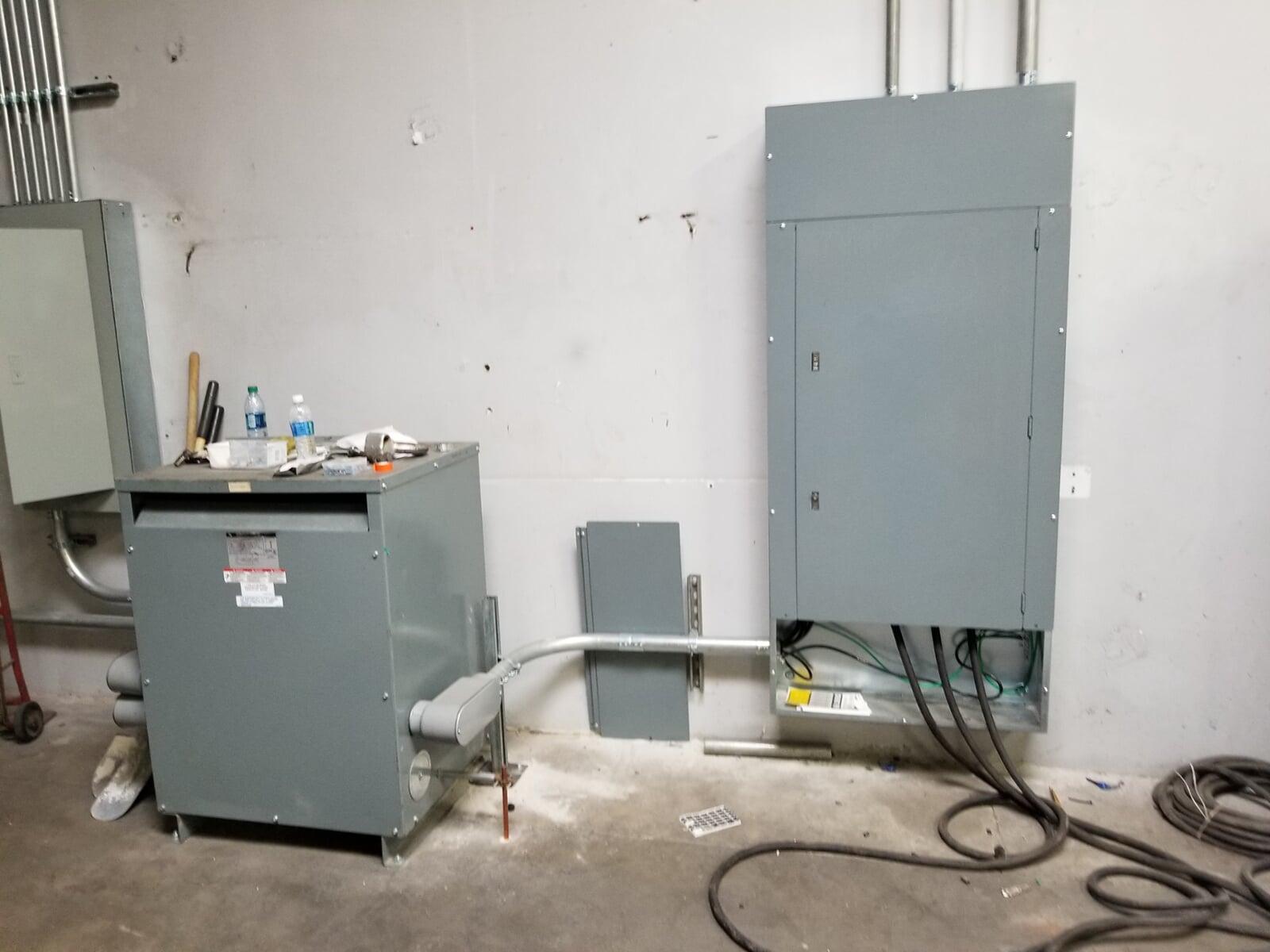Introduction to Bollards
Bollards are short, sturdy posts that are installed to control or direct road traffic, and they are increasingly used in urban design for various purposes. They are designed to create physical and visual barriers for both vehicles and pedestrians. While their primary function is safety and security, bollards also play a crucial role in enhancing the aesthetic appeal of public spaces.
Bollards are short, sturdy posts that are installed to control or direct road traffic, and they are increasingly used in urban design for various purposes. They are designed to create physical and visual barriers for both vehicles and pedestrians. While their primary function is safety and security, bollards also play a crucial role in enhancing the aesthetic appeal of public spaces.
The Importance of Bollards in Urban Design
Bollards contribute significantly to urban design by ensuring safety, regulating traffic, protecting pedestrians, and preventing vehicle intrusion in designated areas. They are essential in safeguarding sensitive locations, such as government buildings, schools, and commercial establishments, from potential threats.
Bollards contribute significantly to urban design by ensuring safety, regulating traffic, protecting pedestrians, and preventing vehicle intrusion in designated areas. They are essential in safeguarding sensitive locations, such as government buildings, schools, and commercial establishments, from potential threats.
Types of Bollards
Bollards come in various types, each serving a specific purpose. Understanding these types can help in selecting the right bollard for a particular application.
Fixed Bollards Fixed bollards are permanently installed and provide robust security and traffic control. They are commonly used in areas where there is no need for frequent access, such as perimeter security for buildings.
Removable Bollards Removable bollards offer flexibility as they can be taken out and reinstalled as needed. They are ideal for areas that require occasional access, like event spaces or temporary road closures.
Retractable Bollards Retractable bollards can be lowered into the ground when not in use, allowing vehicles to pass through. These are suitable for locations that need to alternate between allowing and restricting vehicle access.
Flexible Bollards Flexible bollards are designed to bend upon impact, reducing damage to both the bollard and the vehicle. They are often used in parking lots and low-speed areas to guide traffic without posing a rigid obstruction.
Bollards come in various types, each serving a specific purpose. Understanding these types can help in selecting the right bollard for a particular application.
Fixed Bollards Fixed bollards are permanently installed and provide robust security and traffic control. They are commonly used in areas where there is no need for frequent access, such as perimeter security for buildings.
Removable Bollards Removable bollards offer flexibility as they can be taken out and reinstalled as needed. They are ideal for areas that require occasional access, like event spaces or temporary road closures.
Retractable Bollards Retractable bollards can be lowered into the ground when not in use, allowing vehicles to pass through. These are suitable for locations that need to alternate between allowing and restricting vehicle access.
Flexible Bollards Flexible bollards are designed to bend upon impact, reducing damage to both the bollard and the vehicle. They are often used in parking lots and low-speed areas to guide traffic without posing a rigid obstruction.
Material Varieties in Bollard Construction
Bollards are constructed from different materials, each offering unique benefits in terms of durability, maintenance, and appearance.
Steel Bollards Steel bollards are highly durable and provide maximum security. They can withstand significant impact and are often used in high-security applications.
Concrete Bollards Concrete bollards are robust and resistant to weathering. They are suitable for high-impact areas and can be designed to blend with architectural elements.
Plastic Bollards Plastic bollards are lightweight and flexible. They are typically used in low-impact areas where guiding traffic is more important than providing security.
Bollards are constructed from different materials, each offering unique benefits in terms of durability, maintenance, and appearance.
Steel Bollards Steel bollards are highly durable and provide maximum security. They can withstand significant impact and are often used in high-security applications.
Concrete Bollards Concrete bollards are robust and resistant to weathering. They are suitable for high-impact areas and can be designed to blend with architectural elements.
Plastic Bollards Plastic bollards are lightweight and flexible. They are typically used in low-impact areas where guiding traffic is more important than providing security.
Design Considerations for Bollards
Effective bollard design integrates both aesthetic and functional elements to ensure they meet the needs of their environment.
Aesthetic Integration Bollards should complement the surrounding architecture and urban landscape. Custom designs and finishes can help bollards blend seamlessly into their settings.
Functional Requirements Bollards must fulfill their intended purpose, whether it's controlling traffic, providing security, or enhancing pedestrian safety. This requires careful consideration of their placement, spacing, and height.
Effective bollard design integrates both aesthetic and functional elements to ensure they meet the needs of their environment.
Aesthetic Integration Bollards should complement the surrounding architecture and urban landscape. Custom designs and finishes can help bollards blend seamlessly into their settings.
Functional Requirements Bollards must fulfill their intended purpose, whether it's controlling traffic, providing security, or enhancing pedestrian safety. This requires careful consideration of their placement, spacing, and height.
Applications of Bollards
Bollards serve multiple applications across different environments, contributing to safety and order.
Traffic Control Bollards are used to manage and guide vehicular traffic, especially in areas with heavy pedestrian activity or where vehicle access needs to be restricted.
Pedestrian Safety Bollards protect pedestrians by creating safe walking zones and preventing vehicles from encroaching on sidewalks and crosswalks.
Security Barriers In high-security areas, bollards act as barriers to prevent unauthorized vehicle access and protect against potential attacks.
Bollards serve multiple applications across different environments, contributing to safety and order.
Traffic Control Bollards are used to manage and guide vehicular traffic, especially in areas with heavy pedestrian activity or where vehicle access needs to be restricted.
Pedestrian Safety Bollards protect pedestrians by creating safe walking zones and preventing vehicles from encroaching on sidewalks and crosswalks.
Security Barriers In high-security areas, bollards act as barriers to prevent unauthorized vehicle access and protect against potential attacks.
Innovations in Bollard Technology
Advancements in technology have led to innovative bollard designs that enhance functionality and ease of use. These include solar-powered lighting, smart sensors for automatic retraction, and materials that increase durability and reduce maintenance.
Advancements in technology have led to innovative bollard designs that enhance functionality and ease of use. These include solar-powered lighting, smart sensors for automatic retraction, and materials that increase durability and reduce maintenance.
Self-Storing Bollards: A Modern Solution
Self-storing bollards represent a significant innovation in bollard technology, offering unique benefits for urban environments.
What Are Self-Storing Bollards? Self-storing bollards are designed to retract into the ground when not needed, providing a clear pathway for vehicles and pedestrians. They combine the security of fixed bollards with the convenience of retractable ones.
Benefits of Self-Storing Bollards
- Flexibility: Easily retracted when access is required, then restored for security.
- Space-saving: Disappear below ground level, avoiding visual clutter when not in use.
- Safety: Reduce tripping hazards and improve pedestrian flow.
Installation and Maintenance Installing self-storing bollards requires specialized equipment to create the underground storage space. Maintenance involves ensuring the retraction mechanism is free of debris and functioning correctly.
Self-storing bollards represent a significant innovation in bollard technology, offering unique benefits for urban environments.
What Are Self-Storing Bollards? Self-storing bollards are designed to retract into the ground when not needed, providing a clear pathway for vehicles and pedestrians. They combine the security of fixed bollards with the convenience of retractable ones.
Benefits of Self-Storing Bollards
- Flexibility: Easily retracted when access is required, then restored for security.
- Space-saving: Disappear below ground level, avoiding visual clutter when not in use.
- Safety: Reduce tripping hazards and improve pedestrian flow.
Installation and Maintenance Installing self-storing bollards requires specialized equipment to create the underground storage space. Maintenance involves ensuring the retraction mechanism is free of debris and functioning correctly.
Case Studies: Effective Bollard Implementations
Examining real-world applications of bollards can provide insights into their effectiveness and versatility. Case studies from cities around the world highlight how bollards improve safety, manage traffic, and enhance public spaces.
Examining real-world applications of bollards can provide insights into their effectiveness and versatility. Case studies from cities around the world highlight how bollards improve safety, manage traffic, and enhance public spaces.
Future Trends in Bollard Design and Technology
The future of bollard design lies in integrating more advanced technology, sustainable materials, and smarter control systems. Trends indicate a move towards more environmentally friendly materials, enhanced automation, and better integration with urban infrastructure.
The future of bollard design lies in integrating more advanced technology, sustainable materials, and smarter control systems. Trends indicate a move towards more environmentally friendly materials, enhanced automation, and better integration with urban infrastructure.
Conclusion
Bollards are a crucial element in modern urban design, providing safety, security, and aesthetic value. As technology advances, bollards will continue to evolve, offering even more innovative solutions for urban environments.
Bollards are a crucial element in modern urban design, providing safety, security, and aesthetic value. As technology advances, bollards will continue to evolve, offering even more innovative solutions for urban environments.
FAQs
What are the primary functions of bollards? Bollards are used for safety, security, traffic control, and enhancing pedestrian zones.
What materials are commonly used for bollards? Common materials include steel, concrete, and plastic, each offering different benefits.
How do self-storing bollards work? Self-storing bollards retract into the ground when not needed, providing a clear pathway.
What are the benefits of retractable bollards? Retractable bollards offer flexibility, allowing areas to alternate between restricted and open access.
What trends are emerging in bollard design? Emerging trends include the use of sustainable materials, advanced automation, and smarter integration with urban infrastructure.
What are the primary functions of bollards? Bollards are used for safety, security, traffic control, and enhancing pedestrian zones.
What materials are commonly used for bollards? Common materials include steel, concrete, and plastic, each offering different benefits.
How do self-storing bollards work? Self-storing bollards retract into the ground when not needed, providing a clear pathway.
What are the benefits of retractable bollards? Retractable bollards offer flexibility, allowing areas to alternate between restricted and open access.
What trends are emerging in bollard design? Emerging trends include the use of sustainable materials, advanced automation, and smarter integration with urban infrastructure.
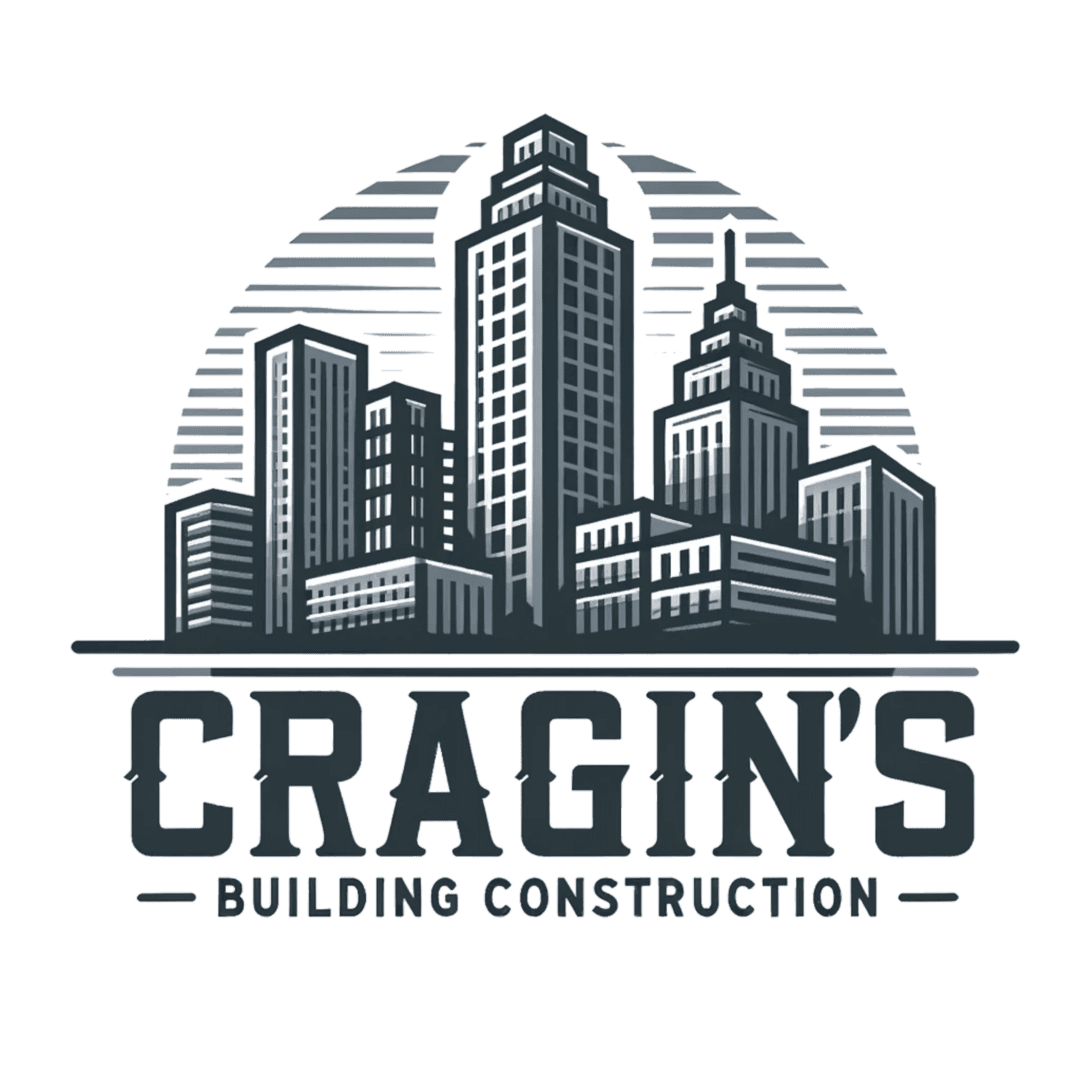
How Cragin's Expertly Plans and Installs High-Quality Bollards for Optimal Safety and Design
Cragin's specializes in the planning and installation of high-quality bollards tailored to meet specific security and design needs. Their expert team conducts thorough site assessments to determine the optimal bollard types and placements for maximum effectiveness. Utilizing cutting-edge technology and durable materials, Cragin's ensures that each installation enhances safety and aesthetic appeal. Whether for urban settings, industrial areas, or sensitive locations, Cragin's provides comprehensive solutions that blend functionality with design, ensuring seamless integration into any environment.
